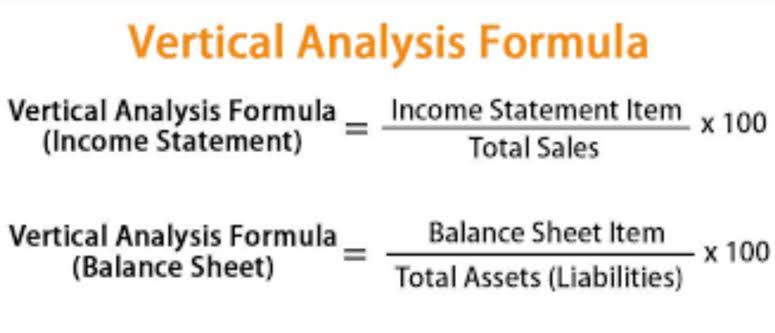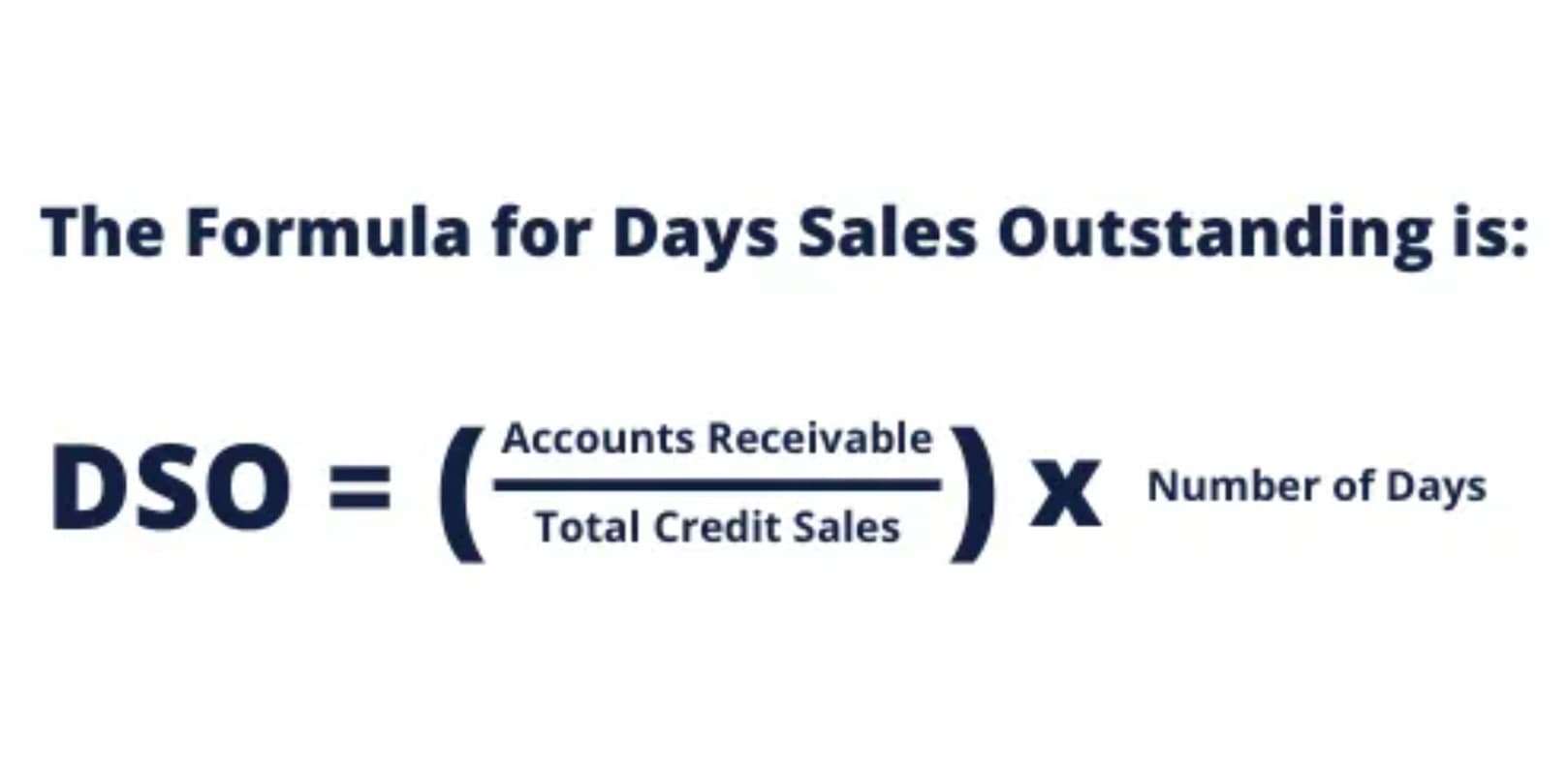
The forwarded claim is signed by the client and sent to the affiliated attorneys, and if attorneys recommend legal action, suit requirements are provided. Once GEICO settles your claim, we’ll likely seek to recover your deductible, as well as the amount we paid, from the negligent party or that party’s insurance company. In insurance lingo, this common process is known as payment recovery or subrogation. A common way to recover a failed payment is to notify the customer, which often works if the payment failed due to something within the customer’s control, such as an expired payment method. With Account Updater from some of the major credit card companies like Visa and MasterCard, the card information is automatically updated, though participation in this program comes at a cost to the merchant. Griffin will then complete the payment recovery process with the receiving bank.

Services

Focusing on high-value recoveries helps reduce outstanding debt, recover unpaid debts, and maximize the money owed to your business. Tracking payment recovery metrics is essential for maintaining the overall financial health of subscription businesses. This article will show you the eight payment payment recovery process recovery metrics, how to compute them, and how to optimize your recovery process based on what the numbers are really telling you.
Outbound claims
The payments will be automatically direct deposited or sent by paper check; eligible taxpayers will also receive a separate letter notifying them of the payment. The IRS announced the special step after reviewing internal data showing many eligible taxpayers who filed a return but did not claim the credit. The Recovery Rebate Credit is a refundable credit for individuals who did not receive one or more Economic Impact Payments (EIP), also known as stimulus Bookkeeping for Startups payments.
Why is a payment recovery tech stack crucial for SaaS and subscription-based businesses?
- A study found that failed payments cost the global economy more than US$118 billion in 2020, revealing just how expensive this part of business can be.
- This is a major issue, especially for businesses handling high transaction volumes or operating in industries prone to financial disputes.
- If the debtor does not cooperate with resolving the debt, the debt collection service updates the client with details on forwarding the claim to the affiliated attorneys.
- Payment recovery software automates the payment recovery process, allowing businesses to efficiently manage tasks such as duplicate and failed payment recovery.
- By understanding these key points and following the guidance provided, the beneficiaries can better navigate the conditional payment process and protect their future benefits.
For example, you might overpay a utility bill or issue a duplicate payment for the same invoice, in which case you’d need to get in touch with the service provider to recover your overpaid funds. Now, if your payment recovery system is reactive, manual, or worse—nonexistent—there may be a lot of additional costs that stack up. Aside from the amount of lost monthly revenue, you’re also looking at damaged customer retention and busy support teams consistently responding to failed payment issues.
- Typically, these systems stratify bulk datasets using pertinent metrics including type of claim, place of service, facility or whatever natural common dimensions are dictated by the data itself.
- Segmenting by delinquent customers, delinquent accounts, and overdue accounts within your customer base enables more targeted recovery strategies.
- Not to mention the possible delays in retrying payments—if from occupied agents—could lead to higher churn rates.
- If there is sufficient volume of expected future claims, overpayments could be offset by reductions in future payments.

The need for effective debt recovery follow-ups stems from the inherent challenge of late or non-payments, which can significantly impact a company’s cash flow, profitability, and overall operations. The debt collection process starts when there is a missed payment on a credit card or loan. The debtor has 30 days https://niramaytattva.com/predetermined-overhead-rate-formula-how-to-2/ from the bill due date (not the billing date) to make the payment before it is reported to the credit bureaus. During this time, the creditor will try to contact the debtor by phone, email, or letter to get their payment and any late fees.

